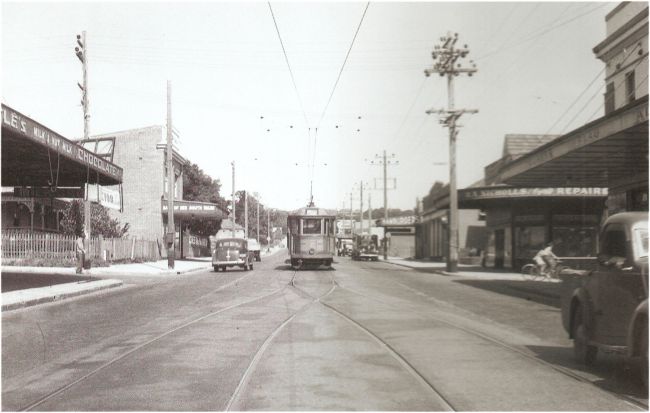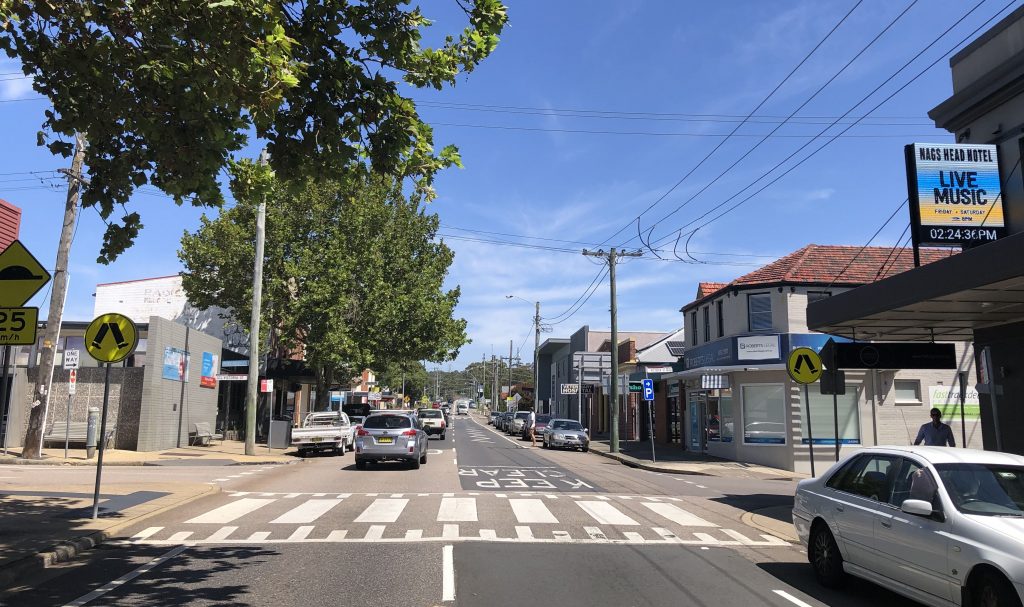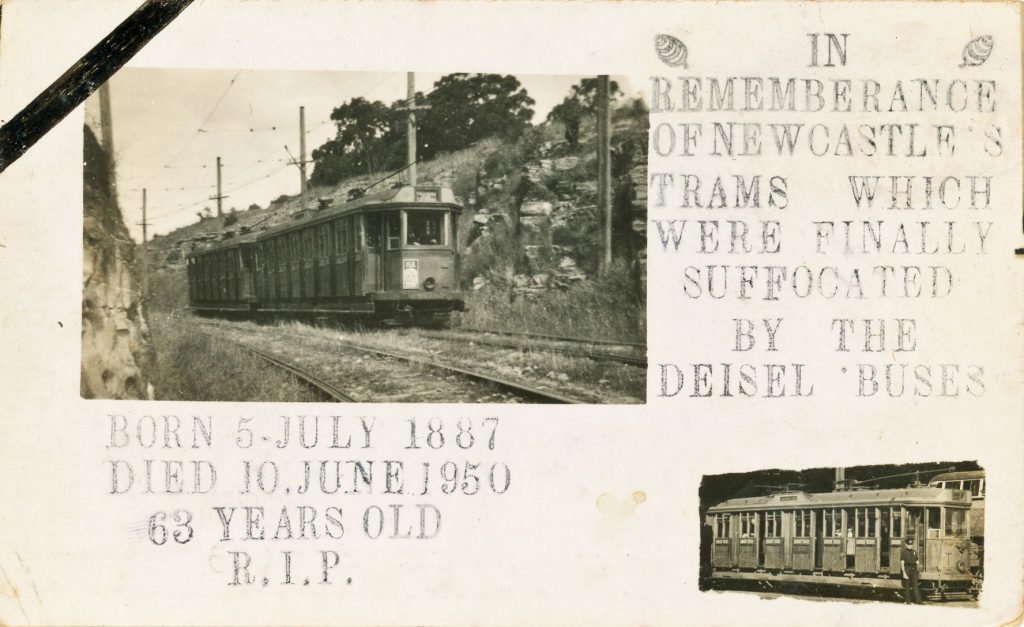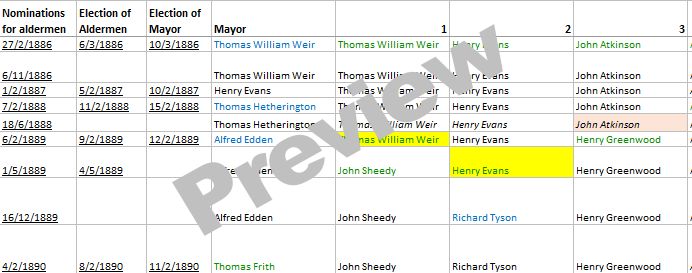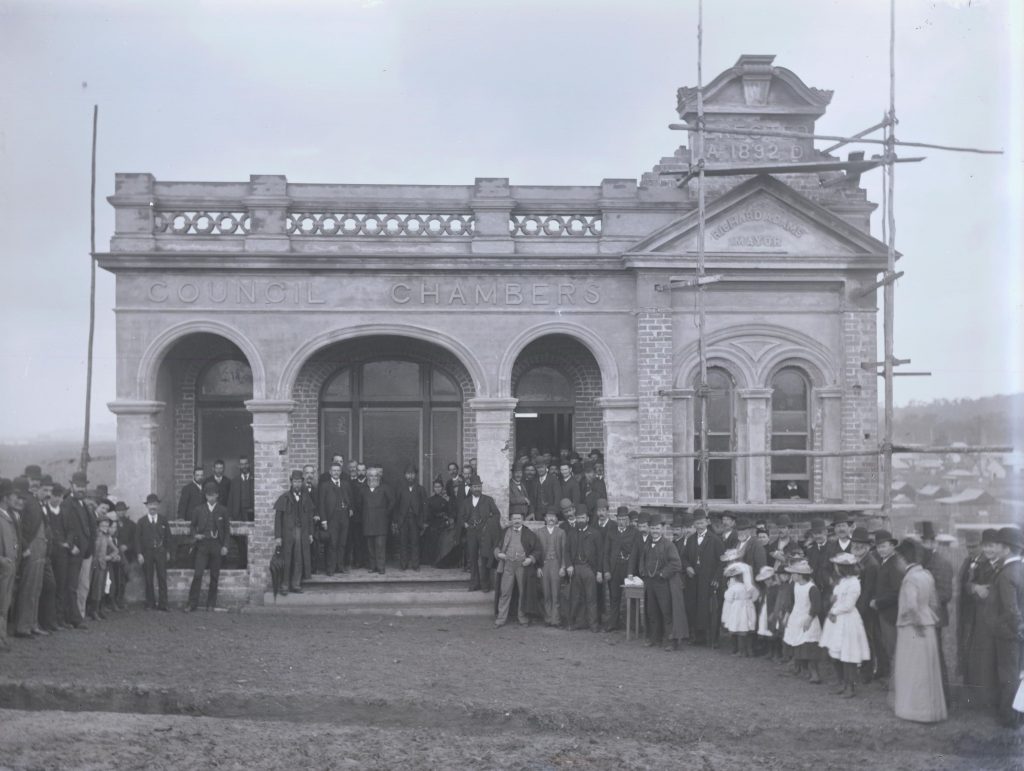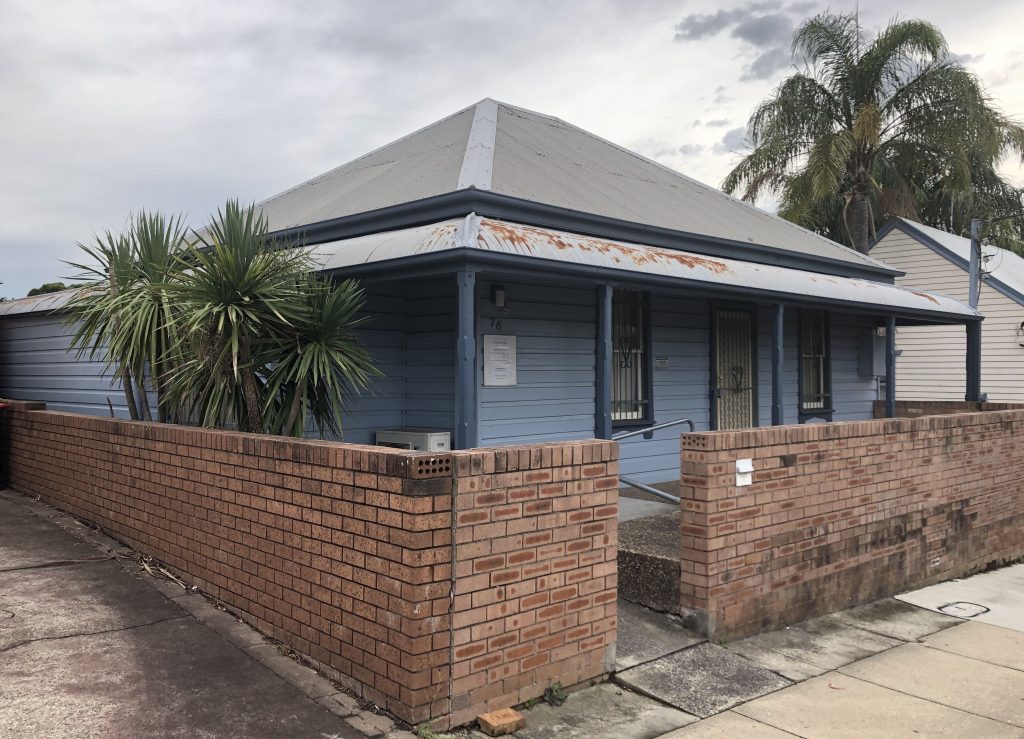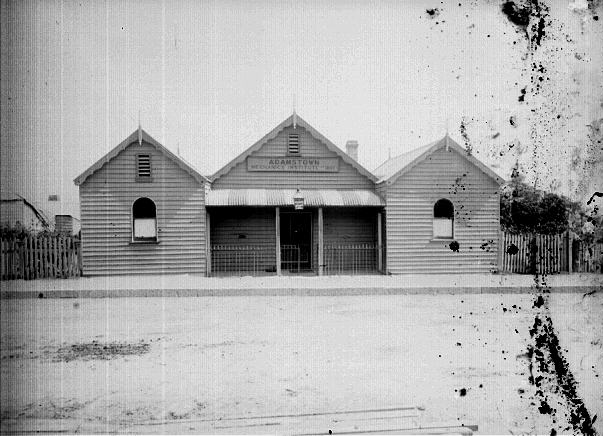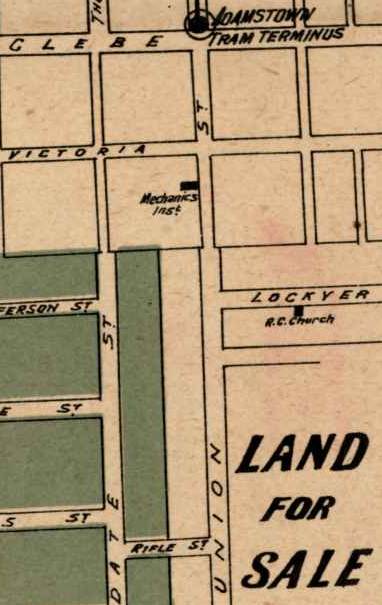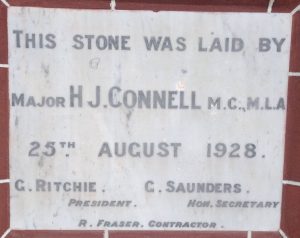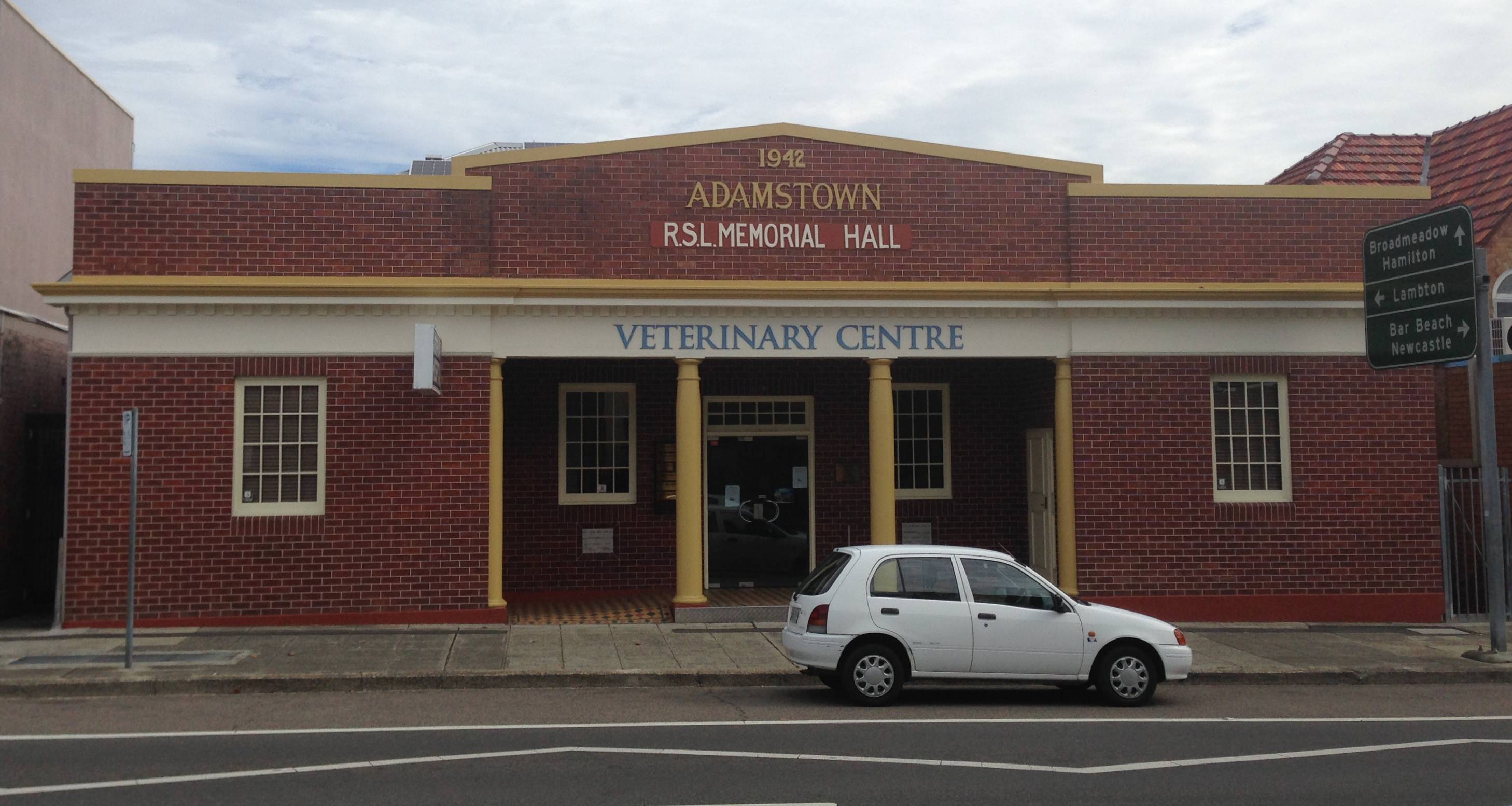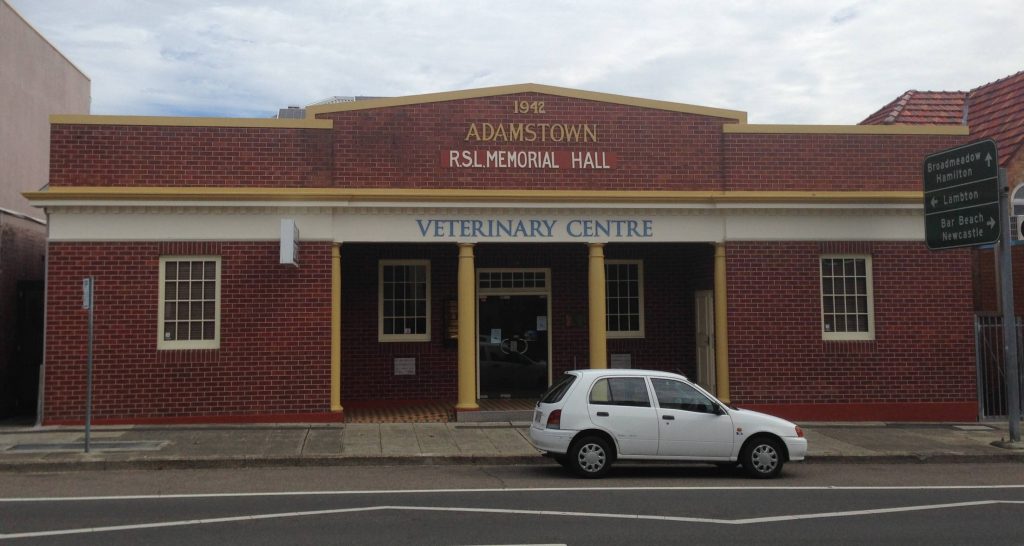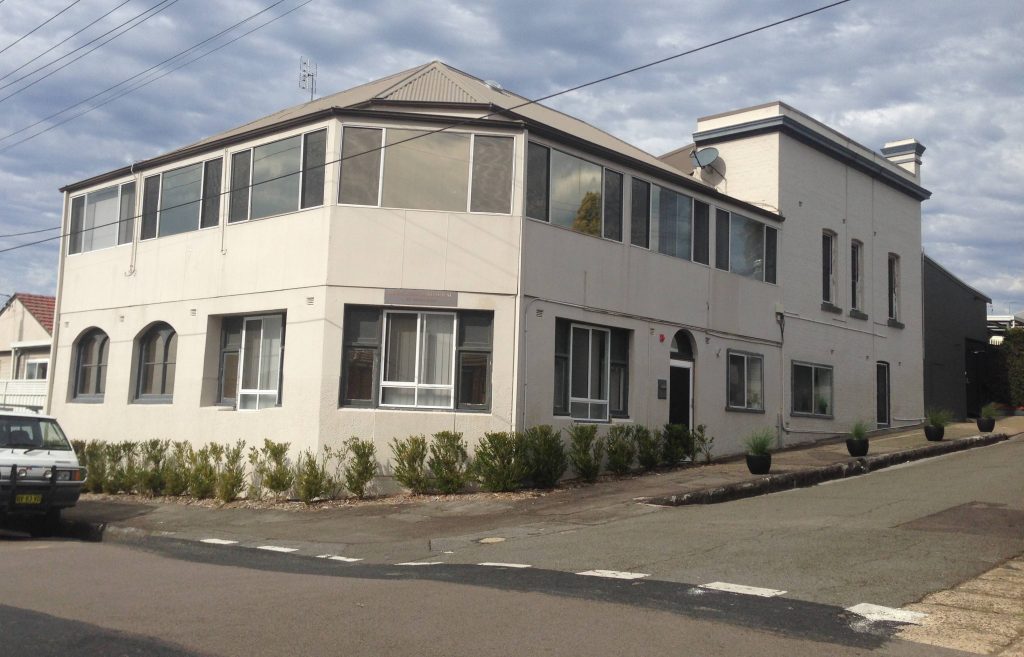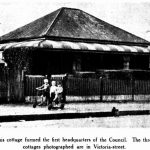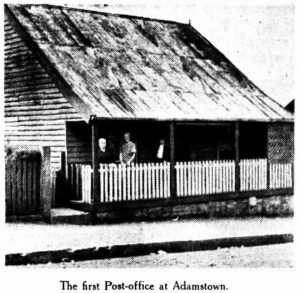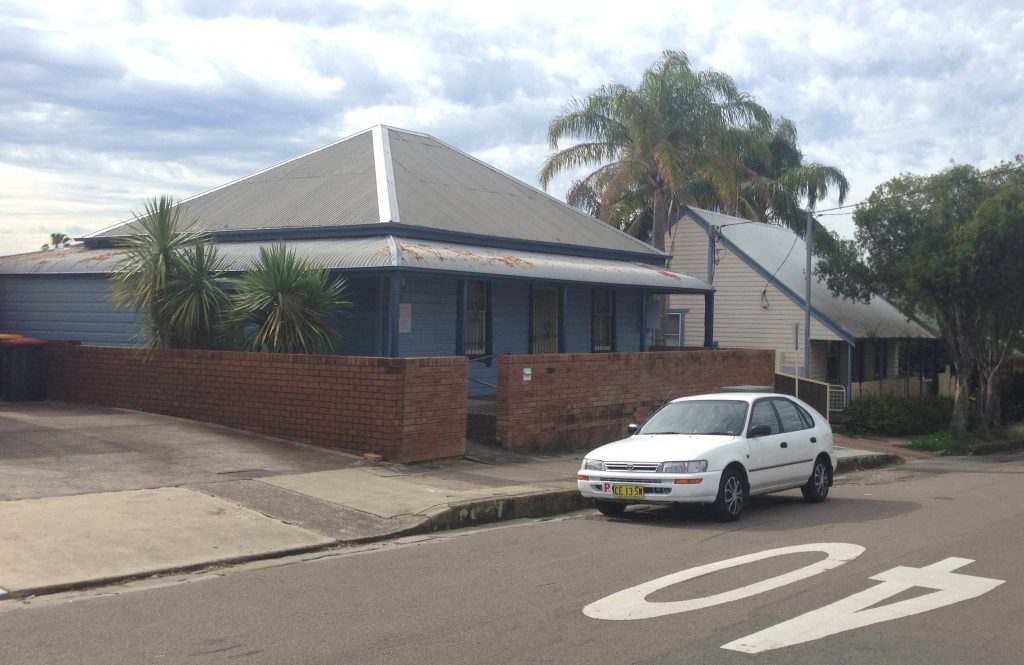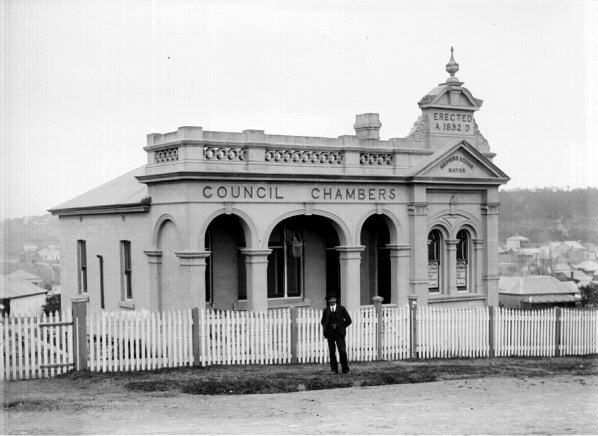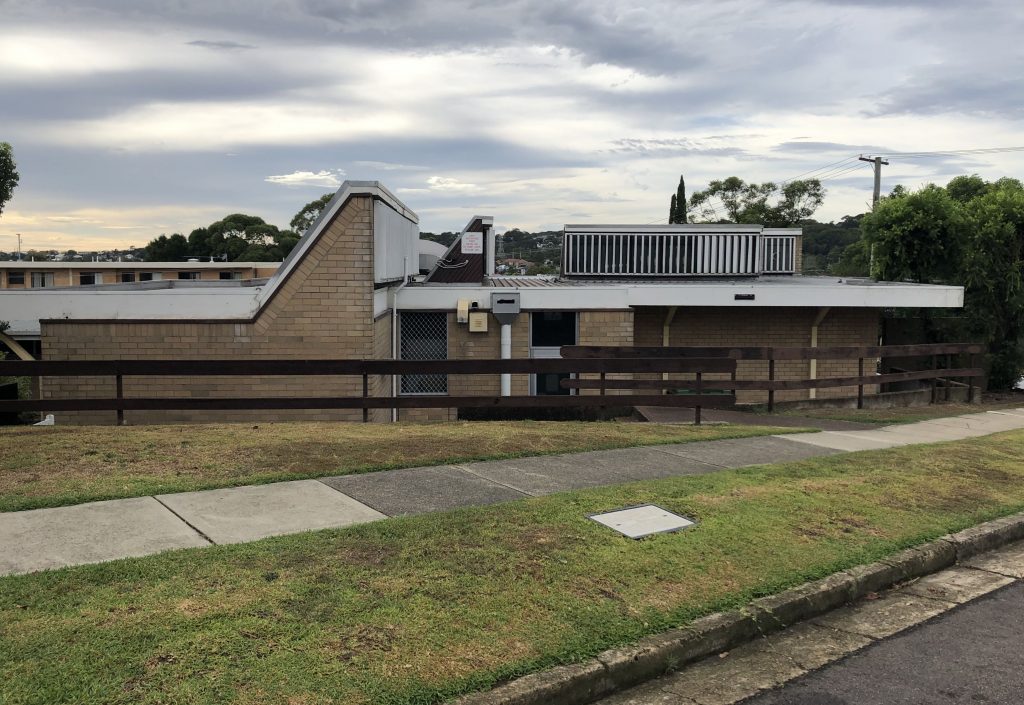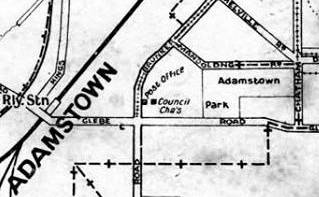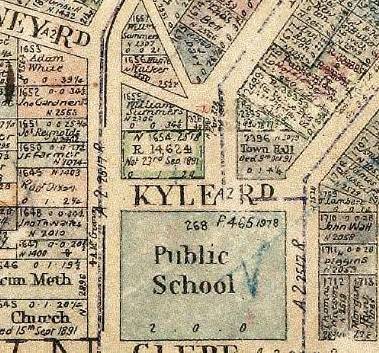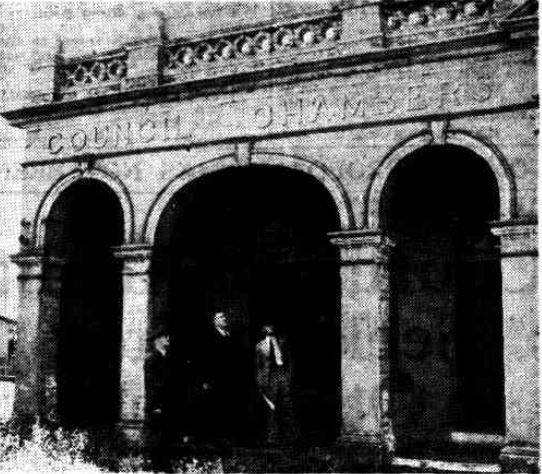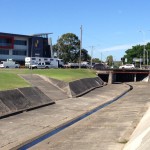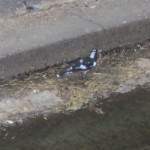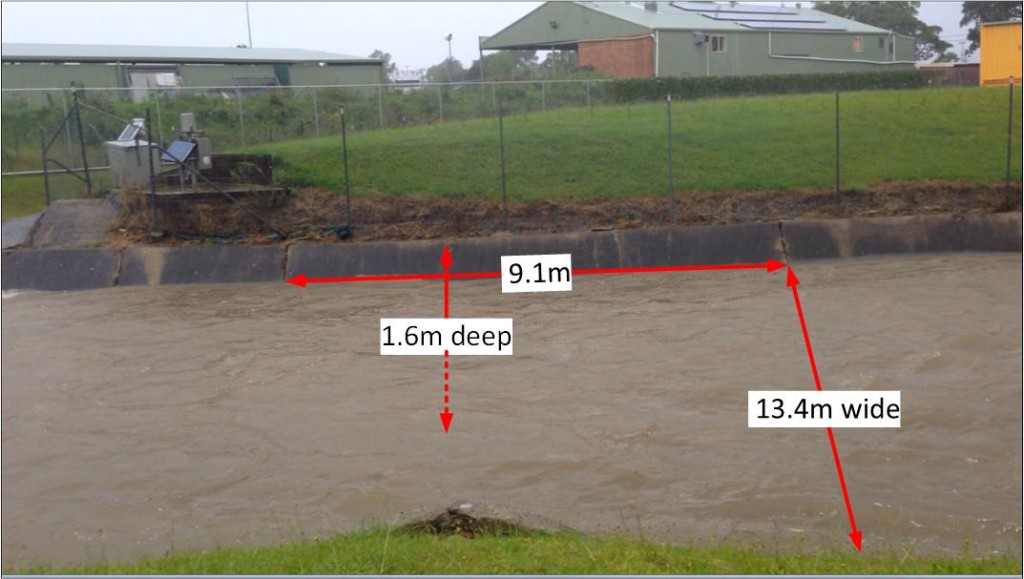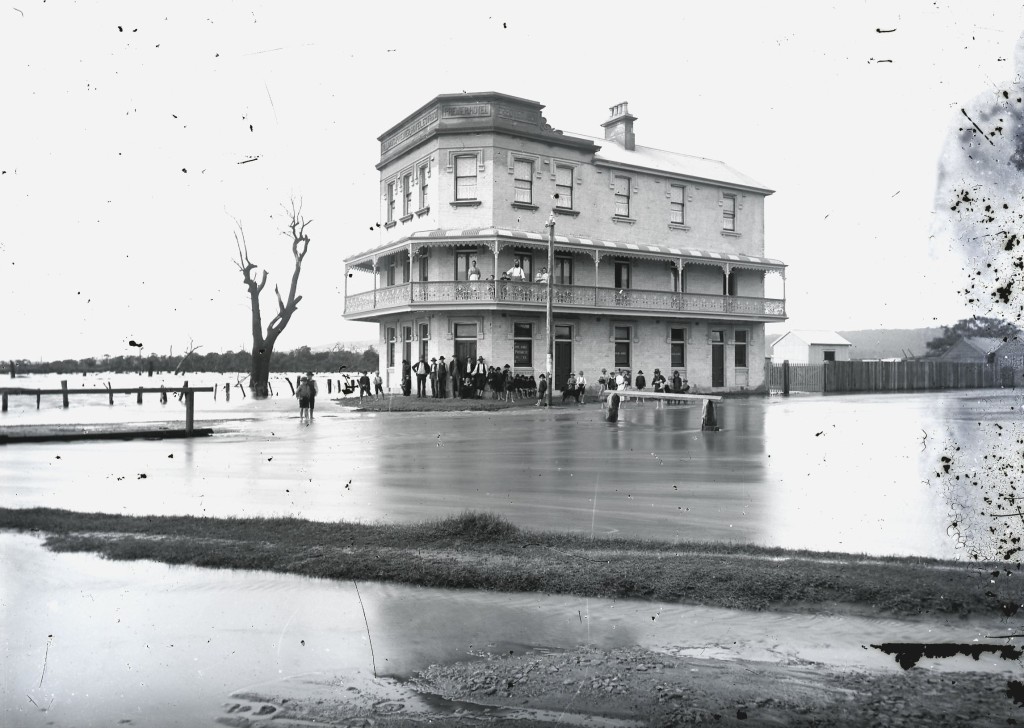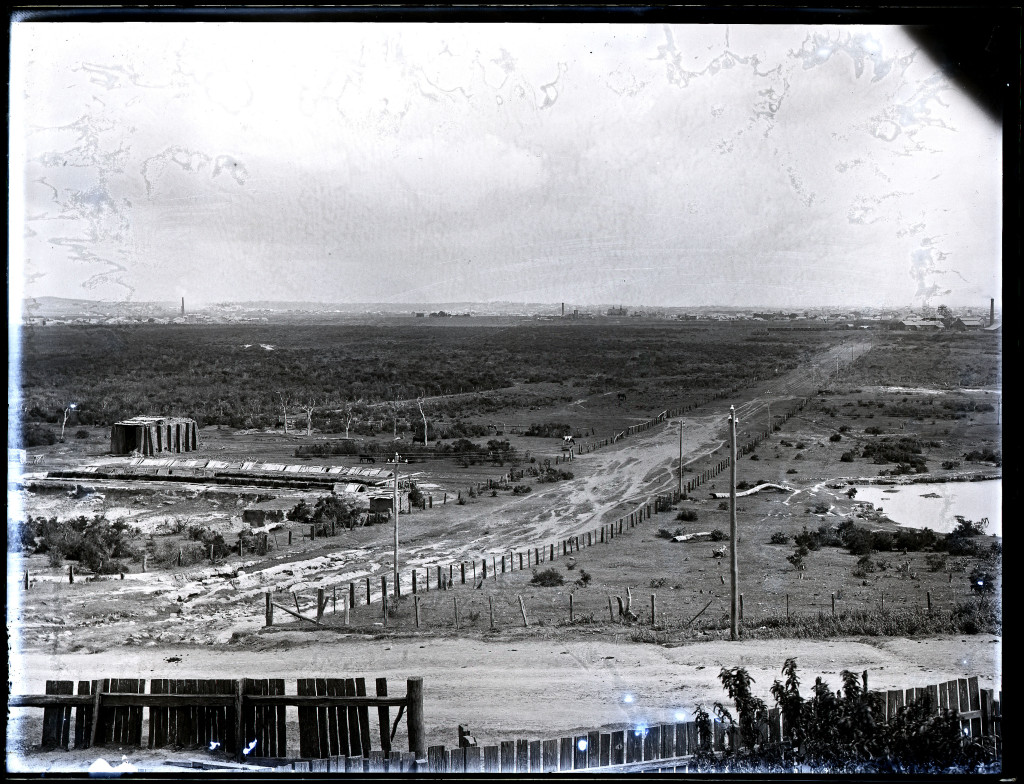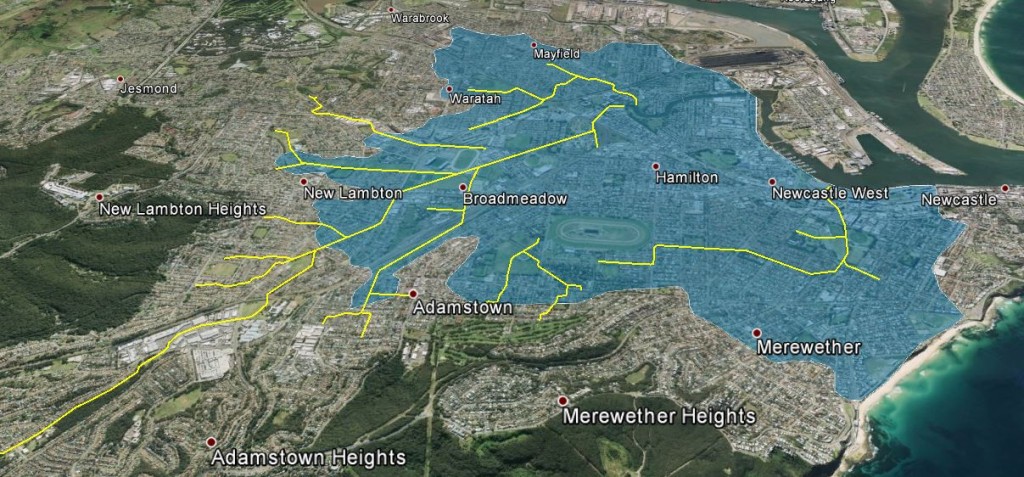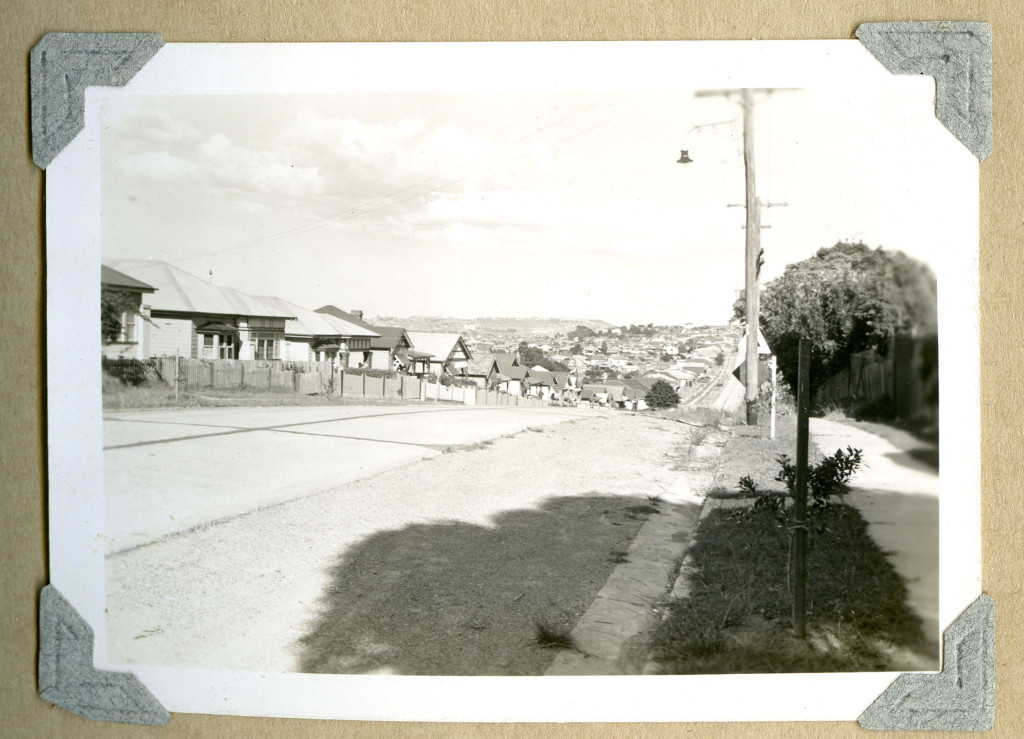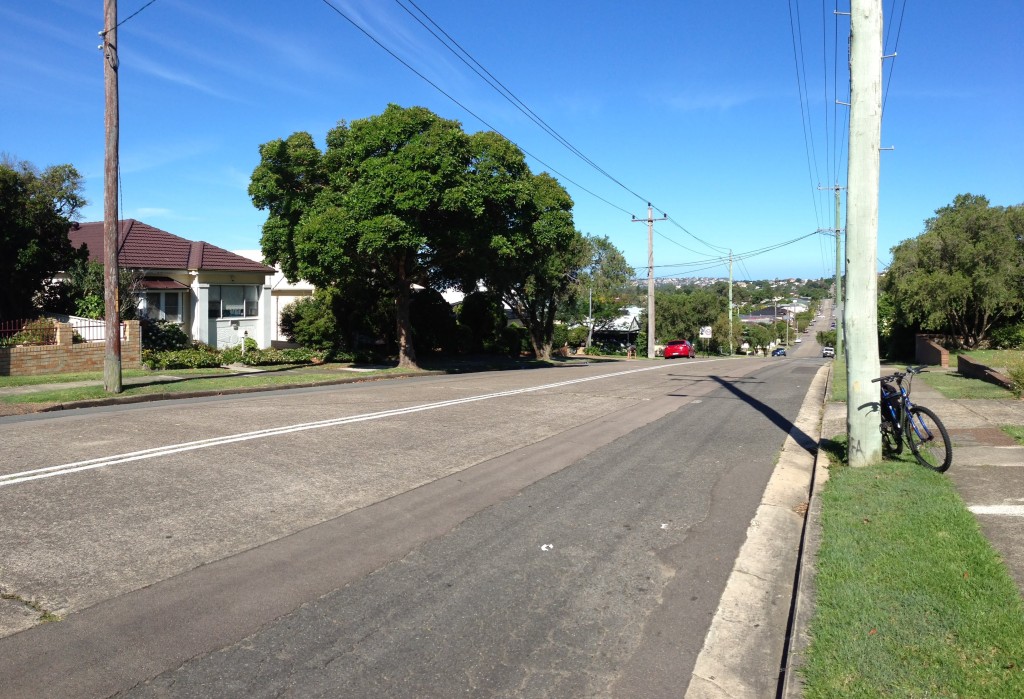“Farcical.” That is how the Daily Telegraph described in February 1900 the situation where “the Government maintains four volunteer companies at Newcastle at considerable expense, and yet provides absolutely no opportunity for the members to learn the practical use of their principal weapon, the rifle.”
To rectify this deficiency, Newcastle District Commandant Lieutenant-Colonel Ranclaud proposed a new rifle range in a flat valley on the outskirts of Adamstown. It was surveyed in August 1900 and an 800-yard range constructed the following year. It was officially opened on 16 November 1901, with six targets situated at the southern end under the shelter of a large hill.
The range was also meant to be used by civilian gun clubs, but their access was extremely limited by the demands of military training. In 1903 the gun clubs agitated for greater availability, and the range was improved and expanded several times in the ensuing years.
As Adamstown grew and the range began to use newer and noisier rapid firing guns, the suitability of having a rifle range adjacent to residential areas was called in to question. There was also the issue of safety, with at least one incident of a ricocheting bullet striking a car on the road running along the ridge behind the range.
In 1938 a decision was made to relocate the rifle range to Stockton, but the move was put on hold with the outbreak of World War 2. After the war the push to relocate was renewed, and the last shot at the Adamstown range was fired on 21 March 1953.
There was much debate on how the rifle range land should then be used. Some thought it should be left as a ‘green belt’, others that it should be parks and sporting fields, while others wanted residential development. At one time the land was a proposed site for Newcastle University. In the end the Defence Department retained the site, and today it is Bullecourt Barracks, a multi user training depot.
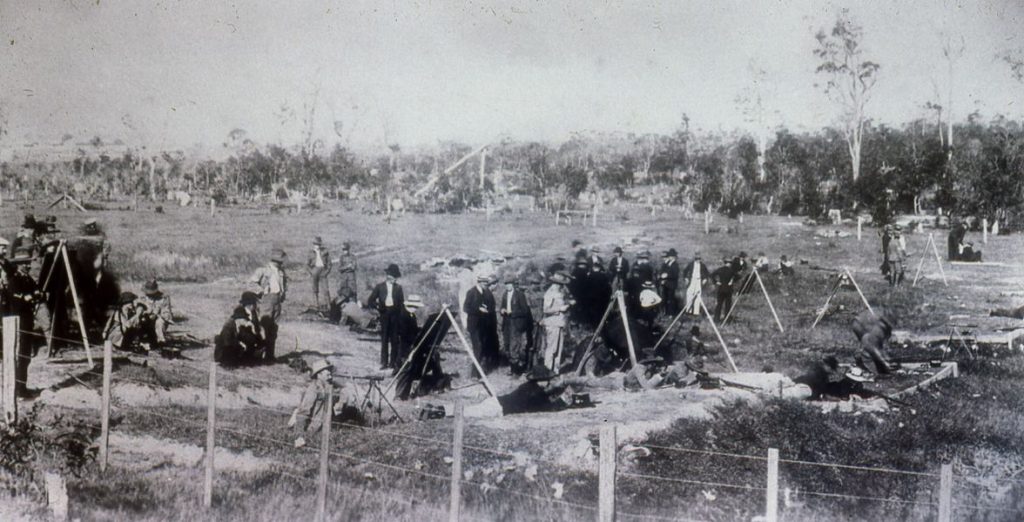
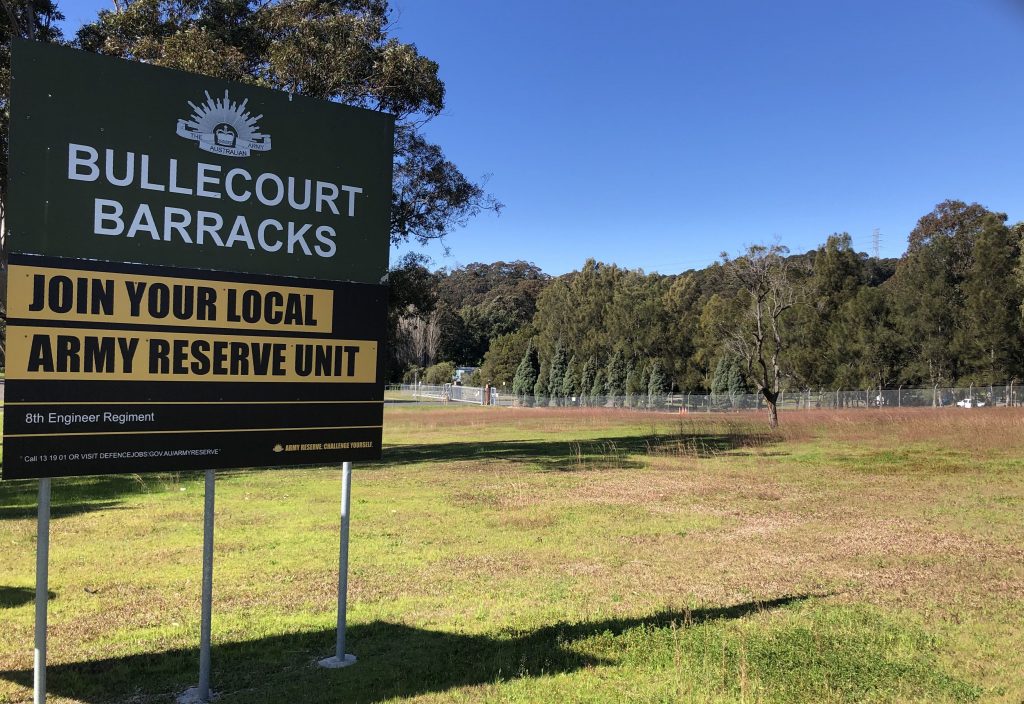
The article above was first published in the September 2020 edition of The Local.
Additional Information
The increasing use of rapid fire weapons such as the Bren gun, and complaints about the noise was one of the driving factors in moving the Adamstown rifle range to a new site in Stockton.
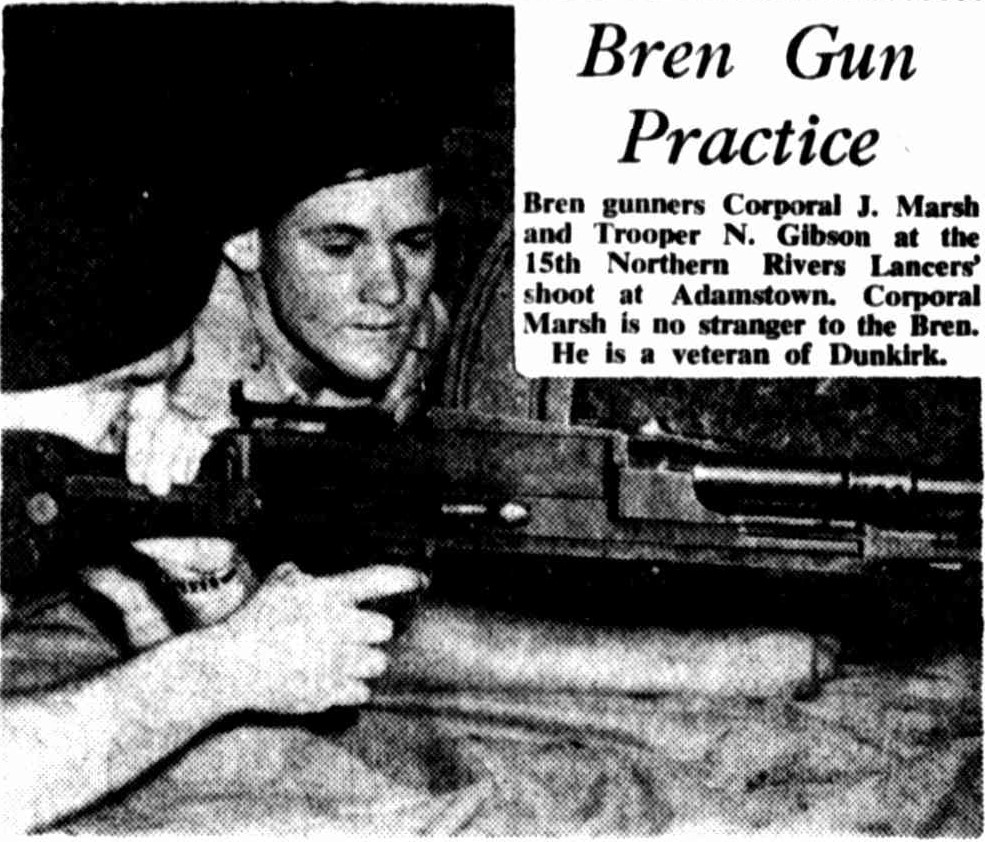
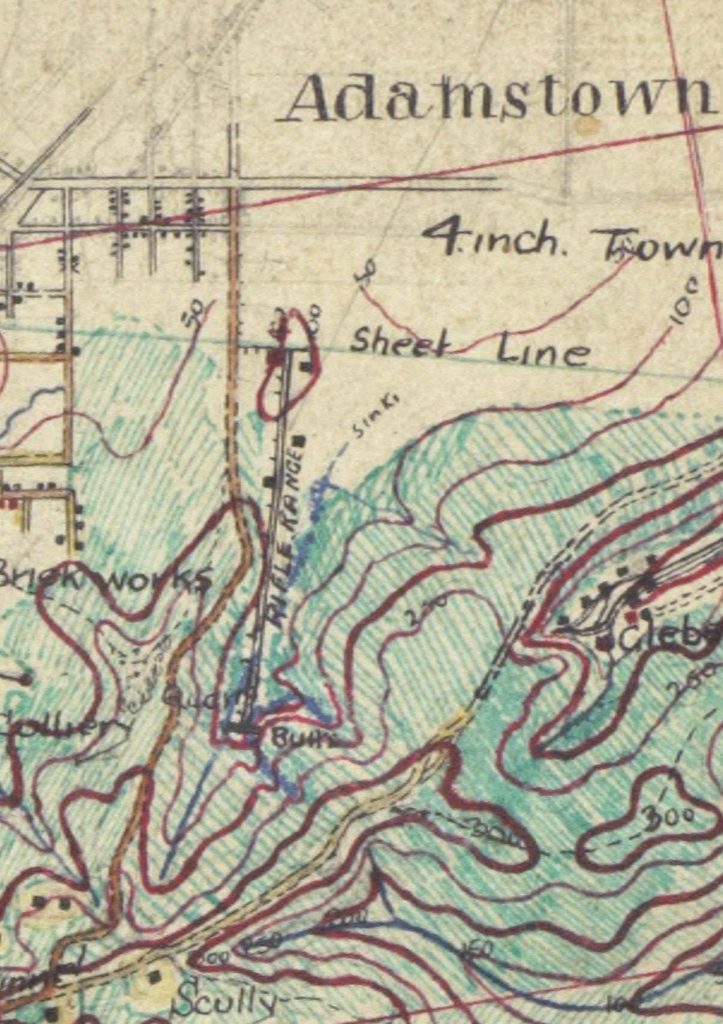


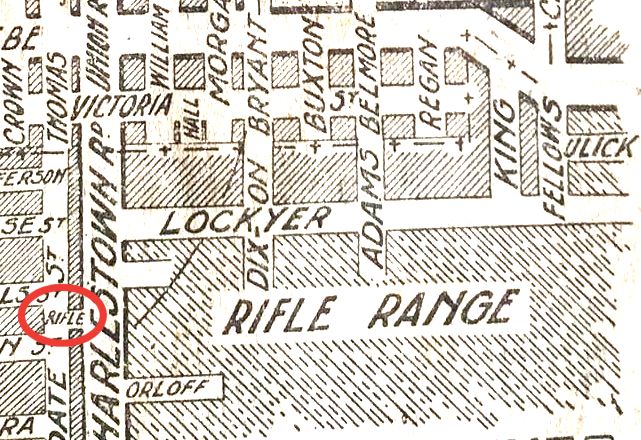
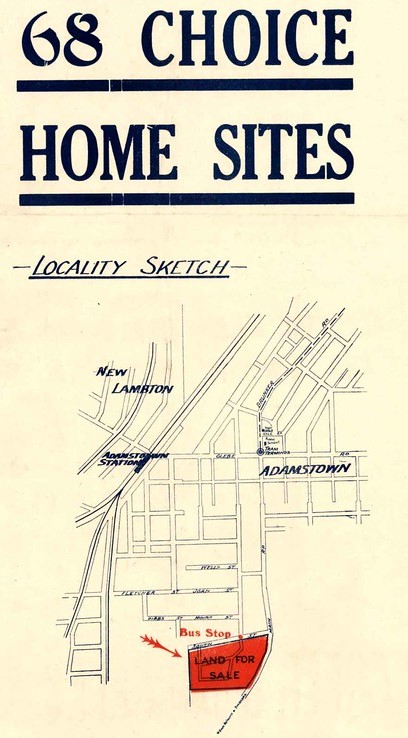
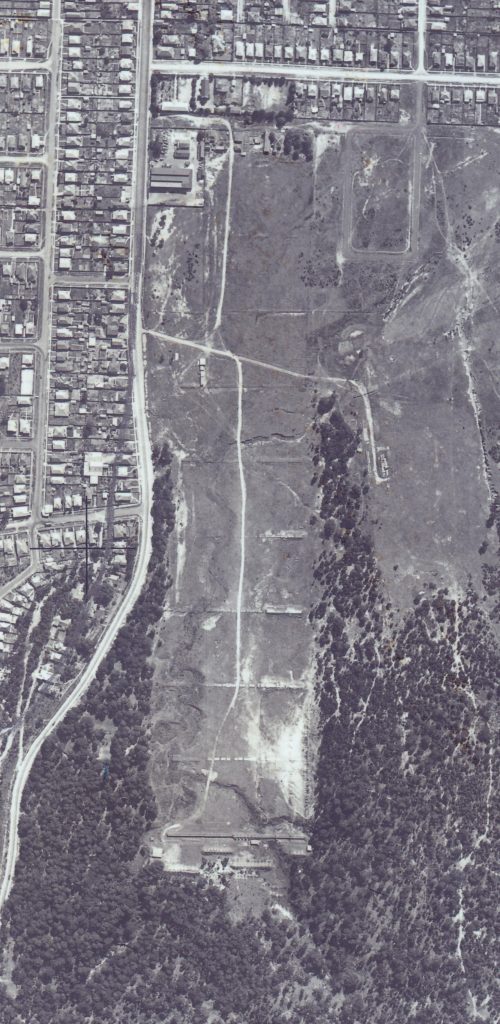
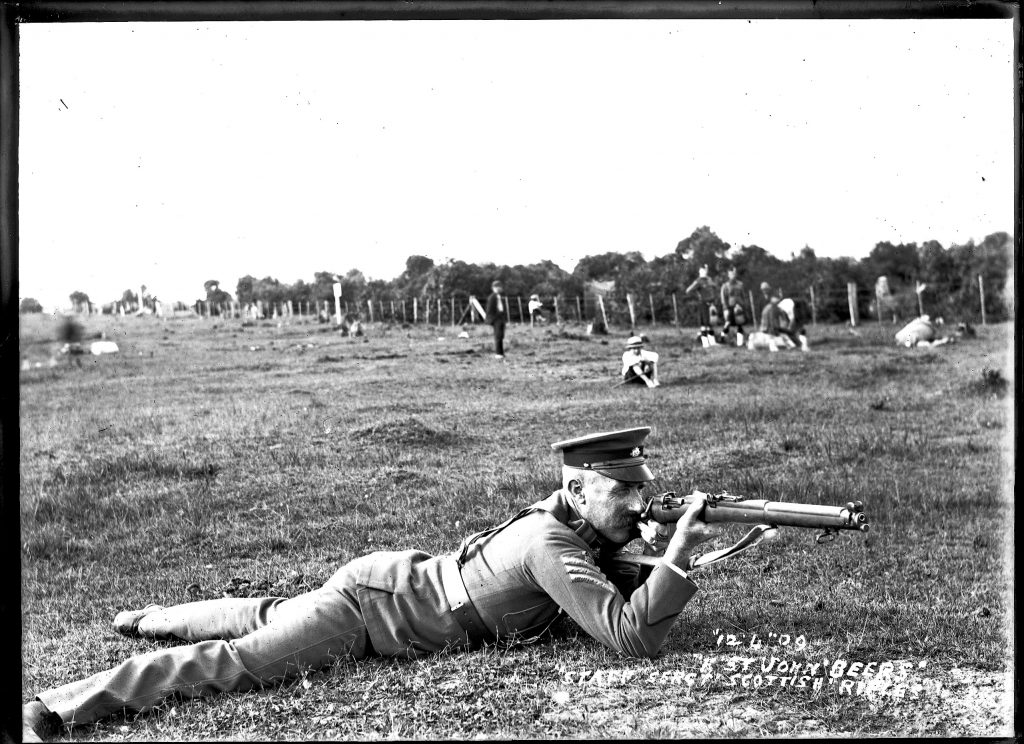
Newspaper articles
| Article Date Event Date | Notes |
|---|---|
| 17 Feb 1900 | "There is a good deal that is farcical in the fact that the Government maintains four volunteer companies at Newcastle at considerable expense, and yet provides absolutely no opportunity for the members to learn the practical use of their principal weapon, the rifle. Since last June, the military rifle clubs of the city have been absolutely without target accommodation of their own. Through the courtesy of the civilian rifle men they have at odd times been able to shoot on the short range on Shepherd's-hill, and that is all." |
| 14 Mar 1900 | "For some considerable time past Lieut. Colonel Ranclaud has been working to secure a new rifle range for the use of the local military forces. A site on the Merewether Estate is now under consideration, and yesterday an officer of the Engineer Corps arrived in the city, for the purpose of inspecting and reporting on the proposed range." |
| 6 Aug 1900 | "The new rifle range for the Newcastle district, selected by Lieutenant-Colonel Ranclaud, has just been surveyed and laid out by Mr. A. F. Hall, and it is probable that the range may be available for target practice within three months from now. Tenders will at once be called for clearing the ground, which is situated near Adamstown, on the Burwood estate, and within easy access of the tram. Provision will be made for firing at a dis tance of 900 yards, and the shooting will take place from a point near where the Roman Catholic Church was blown down." |
| 28 Sep 1901 | "The new rifle range at the rear of the Catholic Church will be completed early next week. The work is of a substantial character, and has been carried out by the Government contractor, Mr. Robert Com ley. Six targets can be displayed at the one time, four being on pivots and two for long range will be run out on trolleys. The targets are of canvas and are situated at the southern end of the range under the shelter of a large hill. The mounds at the different distances up to 800 yards have already been made, and the contractor is waiting for iron plates to complete the work." |
| 18 Nov 1901 16 Nov 1901 | Official opening of Adamstown Rifle Range. |
| 12 Mar 1902 | "At the opening rifle competition, Colonel Ranclaud erected temporary telephone communication, which was found of great service, especially when a shot was challenged. The instruments were removed after the competition, and now, if any communication is needed with the marker, shooting is suspended, and someone has to walk up the range to the targets." |
| 15 Jul 1903 | Construction of new targets … "Under existing conditions, and in consequence of the unreasonable time allowed some military companies to complete their musketry, the range is practically closed to club shooting for the first six months in the year. During the last military year one company occupied the range for no less than 28 Saturdays." |
| 20 Apr 1904 | "Since the opening of Adamstown rifle range much dissatisfaction has existed amongst members of rifle clubs, those of Adamstown Club in particular, on account of the range being occupied the greater part of the Saturdays in the year by the Scottish and Irish Rifles going through musketry shooting." |
| 26 Sep 1907 | "improvements to the Adamstown rifle range is pushing on … the work in progress provides for the erection of seven target carriages … provision is made for the erection of a large shed, in which to keep the targets. " |
| 28 Feb 1910 | "The much-needed additions to the rifle range officer's residence are being carried out, and a storeroom is also being constructed. These improvements are greatly needed, and also is the extension of the rifle range." |
| 27 Jun 1910 | "The improvements to Adamstown rifle range were completed on Saturday. It is the first work done by the Commonwealth Government on the range, and consists of the construction of three new target mantlets." |
| 4 Oct 1910 | "Adamstown rifle range is one of the best in the State. It is well sheltered from heavy winds, and shooting can be done up to 1000 yards. Recently a sum of £244 was spent in erecting new targets, and in general improvements, and later a further sum of £27." |
| 14 Apr 1913 | "… the range at present is inadequate for the requirements of the district … the rifle clubs ... were debarred their weekly practice in consequence of the range being monopolised by the staff officers putting the different units of cadets through a course of musketry." |
| 15 Aug 1914 | "The work of extending the rifle range is proceeding satisfactorily. When the work in hand is completed there will be 37 targets available on the range." |
| 8 May 1915 | Real Estate poster advertising sale of housing lots along Union St, conveniently omitting any mention of the land being adjacent to a rifle range! |
| 23 Jun 1920 | First mention of "Rifle Street" in Trove, in an advertisement for the auction of a block of land. |
| 28 Apr 1924 | "An improperly locked rifle, which backfired, resulted in two men being injured at Adamstown range on Saturday." |
| 24 Jul 1933 | "On Saturday afternoon a bullet from one of the high velocity rifles ricocheted over the crest of the hill and, passing, through the door of a motor car, which was parked on the track, lodged in the upholstery on the other side." |
| 21 Dec 1938 | "A site for a new rifle range at North Stockton will be recommended to the Defence Department by the Greater Newcastle Council. The council wants the Adamstown range abandoned because of its proximity to the route of the proposed scenic highway, and because it is in an expanding residential area." |
| 1 Jun 1939 | Newcastle Council urges that the Defence Department remove Adamstown rifle range. |
| 25 Jul 1939 | "The Minister for Defence (Mr. G. A. Street), who is to visit Newcastle to morrow, will make a personal investigation of the Adamstown rifle range Tourist Highway problem. The question to be determined is whether the Tourist Highway can be made safe from bullets fired on the range, or whether it will be necessary to move the range to another part of the district. A site at Stockton has been suggested as an alternative." |
| 5 Aug 1947 | Letter to the editor … "The Adamstown rifle range is not only a menace to the public travelling between the Lake area and Newcastle, but we of Hillcrest must contend with gates which are locked whenever the club is shooting, and those who are fortunate enough to own cars cannot travel to and from their homes as they please. The gates were erected during the war years, and we were told they were not permanent, but they are still there." |
| 14 Aug 1947 | Letter to the editor from W. R. Rowcliff … "At one time it was my duty to lock the gates on the Scenic Highway when shooting was being carried out on the Adamstown rifle range, so I know only too well the inconvenience caused to the travelling public as well as the residents of Hillcrest. I am wholeheartedly behind O. C. Newton and E. Chapman that it is high time this menace to the community was removed to some other locality." |
| 21 Aug 1947 | "… if Adamstown Rifle Range site was transformed to parks, sports areas, building land and, above all, an ideal spot to house a new school, it would be more important and a far greater asset to Newcastle than a rifle range wanted by a minority" |
| 13 Feb 1948 | "The Lord Mayor (Ald. Quinlan) has asked the Minister for Education (Mr. Heffron) that the rifle range at Adamstown, which is to be closed, be used as a site for a Newcastle University." |
| 6 Aug 1948 | "… the Adamstown Rifle Range site, now proposed for a university … is low lying but there is a big area as far as the scenic drive that rises rather sharply and provides one of the few ready-made green belts in this district. It would be a pity to put the axe into it." |
| 29 Nov 1950 | "The rifle range at Adamstown is to be transferred to Stockton, under the Department of Works and Housing programme." |
| 8 Dec 1950 | IN THE "Newcastle Morning Herald on Monday an interesting picture showed two gunners with a Bren gun in action at Adamstown Rifle Range. Saturday's big shoot held no pleasure for residents of Brunker-road, particarly for people living in the closely built area opposite the Rifle Range. The terrific noise from these quick firing guns was kept up all day The concussion was so great that it rattled windows of nearby houses. It was a nerve-racking experience Surely the authorities concerned realise that it is not fair that residents concerned should be compelled to endure this noise. " |
| 6 Feb 1953 | "ADAMSTOWN rifle range would close on March 23, the Brigade Major of 14 Infantry Brigade (Major J. A. Sellars) said yesterday. All targets would be transferred to the new range at Stockton, which would be the only one in the Newcastle area." |
| 19 Mar 1953 21 Mar 1953 | "At Adamstown Civilian rifle clubs will shoot for the last time at Adamstown rifle range on Saturday. The area has been taken over by the Army. Civilian rifle clubs will transfer to North Stockton, which will be used for the first time on Saturday week." |
| 23 Mar 1953 21 Mar 1953 | "An 80-year-old rifleman, Mr. Jason Price, was one of the first marksmen to compete at Adamstown rifle range when it opened about 53 years ago. He was the last civilian to fire on the range when it was closed on Saturday." |
| 14 Jun 1961 | "A proposal by the Interior Department to sub-divide Newcastle's old Adamstown rifle range into 340 home sites has touched off a row in the north. Northumberland County Council opposes the subdivision. It wants to keep the land in the green belt. According to the Council's planning consultant, the proposal would rob Newcastle of "breathing space." The range includes picturesque timber country which should be preserved, the consultant urged." |

